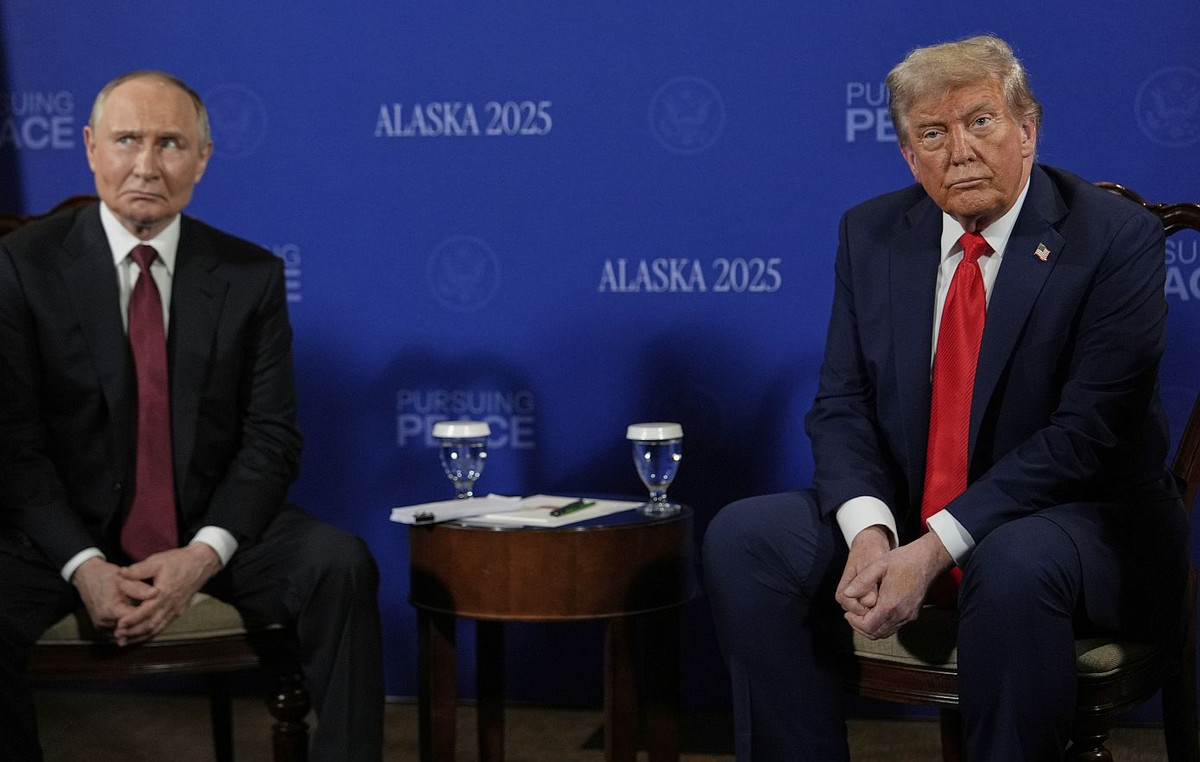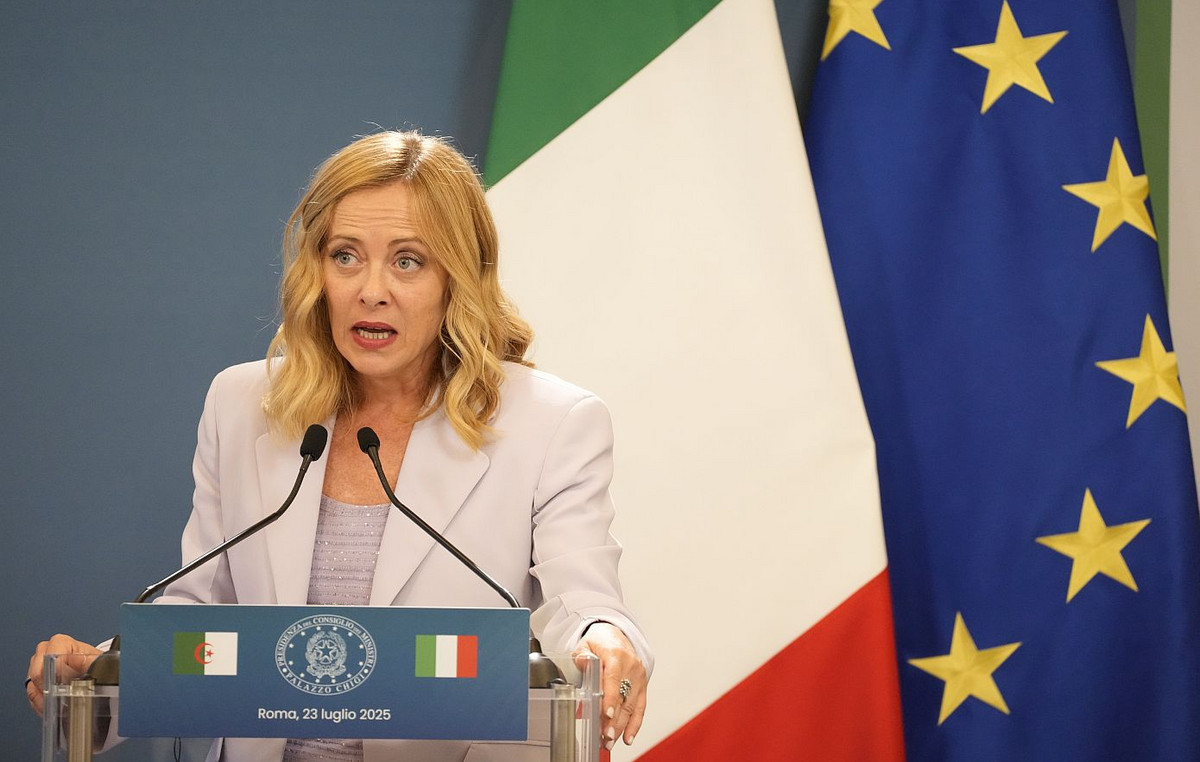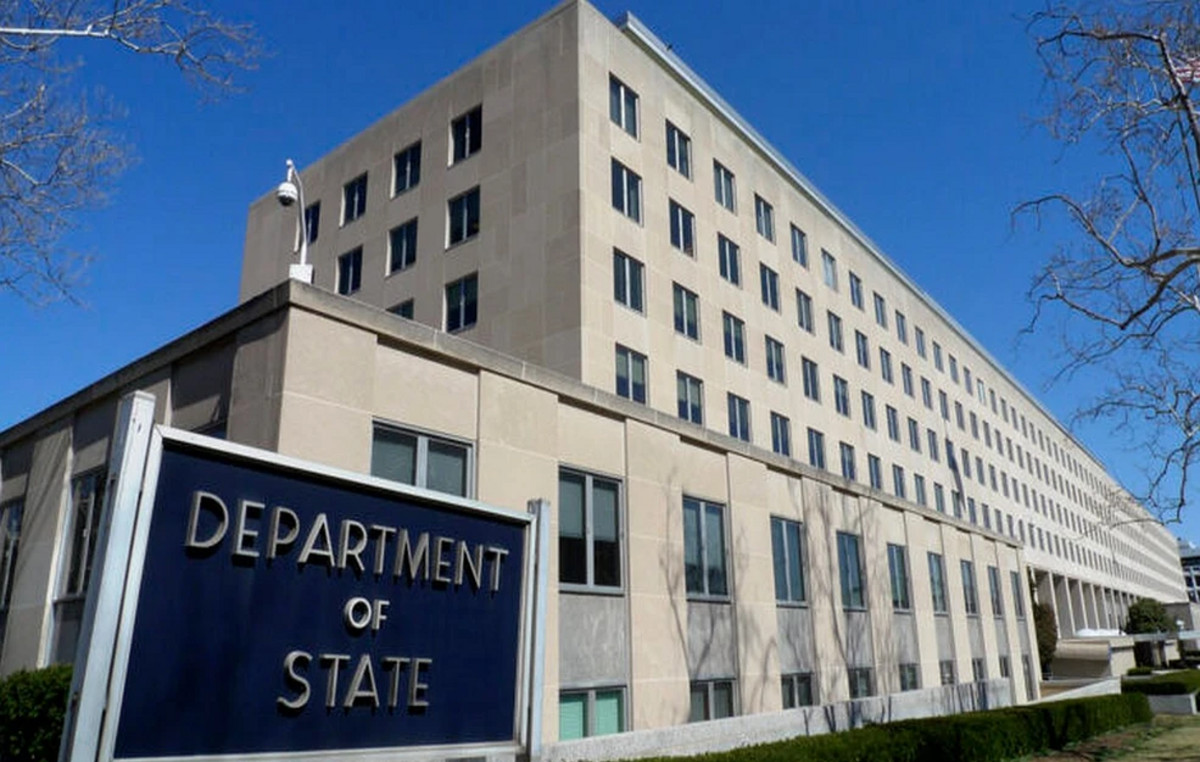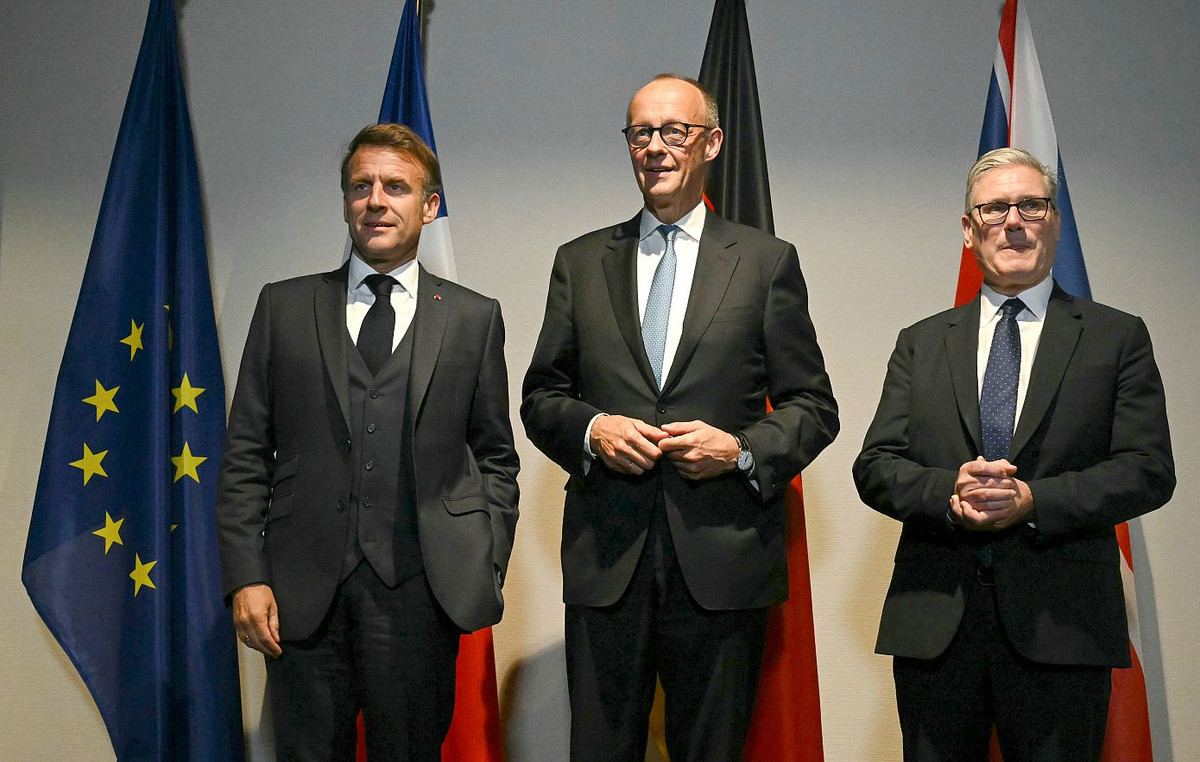- The EUR/USD jumps to about 1,1380 due to the weakness of the US dollar while concerns about US fiscal imbalances persist.
- The new fiscal bill of US President Trump is expected to increase the national debt by 3.8 billion dollars for a decade.
- The uncertainty on a commercial agreement between the EU and the US is intensified since the old continent has not offered unilateral concessions.
EUR/USD It resumes his upward career on Friday after a corrective movement the previous day. The main currency pair returns to visit the maximum of three weeks around 1,1380 during European negotiation hours, since the US dollar (USD) collapses after an ephemeral recovery on Thursday. The US dollar index (DXY), which follows the value of the dollar compared to six main currencies, falls close to the minimum of two weeks around 99.30.
Financial market participants continue to get rid of the US dollar since the new fiscal bill of the US president, Donald Trump, has increased concerns about the fiscal health of the Nation. The new project includes tax cuts and a higher defense expense and immigration controls, among others, and the national debt is expected to increase in 3.8 billion dollars during the next decade, according to the Congress Budget Office, which is not partisan.
Investors are concerned that the additional burden on the nation’s debt can lead to greater erosion of the US credit rating last week, Moody’s reduced the sovereign credit rating of the United States in a step to AA1 from AAA, citing the failure of successive administrations and congress and growing interest costs. “
The scenario of a reduction of the long -term sender qualification could lead to an increase in interest rates for the government, which limits the expenditure capacity for future generations or makes indebtedness more expensive for them.
It is expected that the imposition of the new Trump bill will also accelerate consumer inflation expectations, assuming that household tax cuts will result in an increase in general expenditure and, eventually, promote pressures on prices. This scenario would discourage federal reserve officials (FED) to reduce interest rates.
The FED officials have been indicating that the settings in monetary policy are not currently appropriate, since the uncertainty about economic perspectives under the leadership of the US president Trump is unusually high.
What moves the market today: the EUR/USD wins despite the uncertainty about the EU-EE.UU trade agreement.
- The EUR/USD advances significantly while the US dollar faces sales pressure. The Euro (EUR) remains firm despite the uncertainty about a bilateral agreement between the European Union (EU) and the US early, the hopes of progress in a commercial agreement between the two economies decreased after the Washington commercial negotiators warned that the discussions could not advance if the old continent does not offer unilateral concessions.
- A Financial Times (FT) report showed that the US Trade Representative, Jamieson Greer, would tell the Commissioner of Commerce and Economic Security of the European Commission (CE), Maroš šefčovič, that the recent “explanatory note” shared by Brussels for conversations does not meet the US expectations. The report indicates that, unlike some other commercial partners, the EU has offered mutual tariff reductions, not unilateral concessions. The explanatory note also lacked new concessions related to digital, as the US has demanded.
- In the Front of Economic Data, the data of the salary rates negotiated in the first quarter of the Eurozone, a key measure of salary growth, have arrived lower by 2.38% compared to 4.12% seen in the last quarter of 2024. A strong deceleration is expected to be slowed to the salary growth encourage the officials of the European Central Bank (ECB) to further reduce interest rates. The operators are increasingly sure that the ECB will reduce their key interest rates again in the June policy meeting.
- However, the head of the ECB and president of the Bundesbank, Joachim Nagel, said caution about future trimmed cuts of interest rates outside the G7 meeting in Canada on Thursday. “After seven interest rate cuts, our deposit rate is 2.25%, a level that certainly cannot be described as restrictive,” Nagel said, according to Reuters. He said that indebted costs “are no longer a ballast for the economic growth of the eurozone.”
- The euro had a lower yield on Thursday after the publication of the data of the Purchase Management Index (PMI) HCOB weakest than projected for May. The PMI report showed that general business activity decreased surprisingly, since the production of the services sector contracted unexpectedly.
Technical Analysis: The EUR/USD jumps about 1,1370
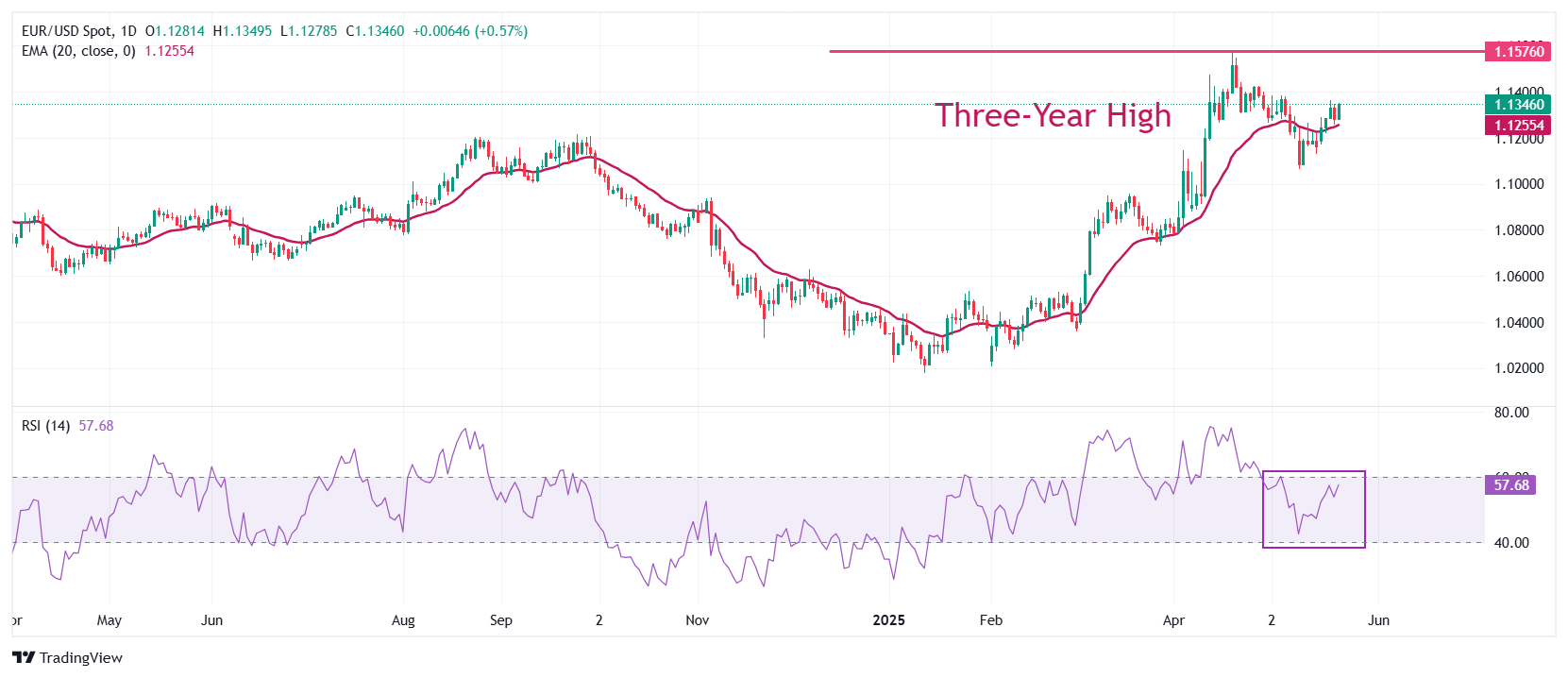
EUR/USD jumps about 1,1350 on Friday. The short -term perspectives of the torque are bullish since it remains above the 20 -day exponential (EMA) mobile average, which is around 1,1255.
The relative force index (RSI) of 14 periods rises to about 60.00. The bulls would go into action if the RSI breaks above that level.
Looking up, the maximum of April 28, 1,1425 will be the main resistance for the pair. On the contrary, the psychological level of 1.1000 will be a key support for The euro bulls.
Economic indicator
Integrated PMI of Global S&P
Monthly PMI reports integrated in products and services, published by Markit Economicsare based on surveys conducted to executives of a large number of private companies in the manufacturing sector and also 300 companies in the service sector. The information is launched on the third business day of each month. Each response is weighted depending on the size of the company and its contribution to the total production or production of services, valued by the sub-director of companies to which it belongs. The responses of the largest companies have a greater impact on the final indices than those of small businesses. The results are presented through a question, which shows the percentage of respondents who reported an improvement, deterioration or no change from the previous month. From these percentages, an index is derived: a level of 50.0 indicates no change from the previous month, above 50.0 the signal is of increase (or improvement) and below 50.0, from a decrease (or contraction).
Read more.
Last publication:
MARD MAY 22, 2025 08:00 (PREL)
Frequency:
Monthly
Current:
49.5
Dear:
50.7
Previous:
50.4
Fountain:
S&P global
Source: Fx Street
I am Joshua Winder, a senior-level journalist and editor at World Stock Market. I specialize in covering news related to the stock market and economic trends. With more than 8 years of experience in this field, I have become an expert in financial reporting.


